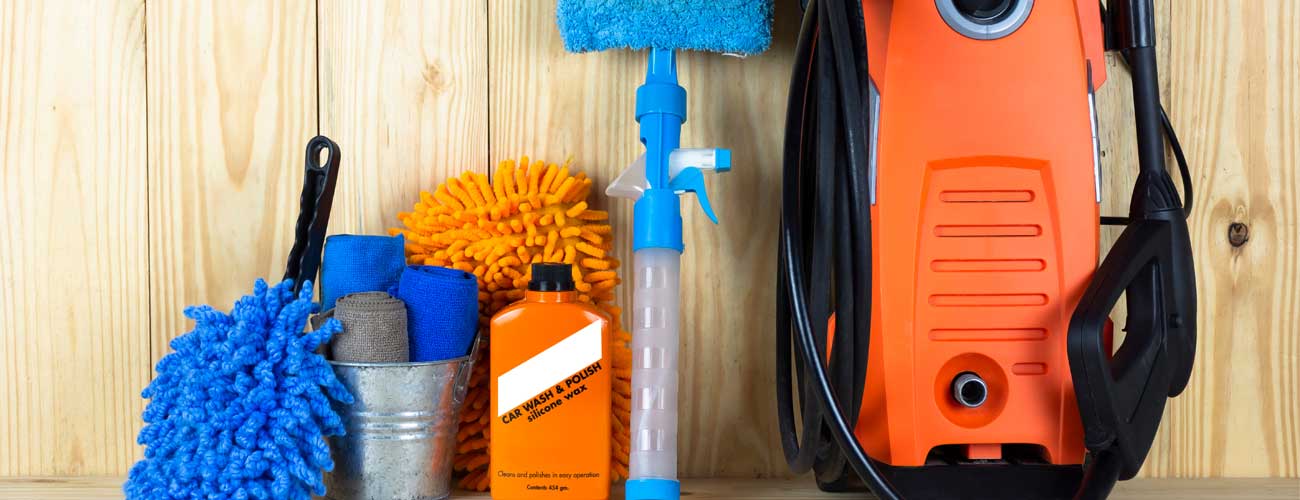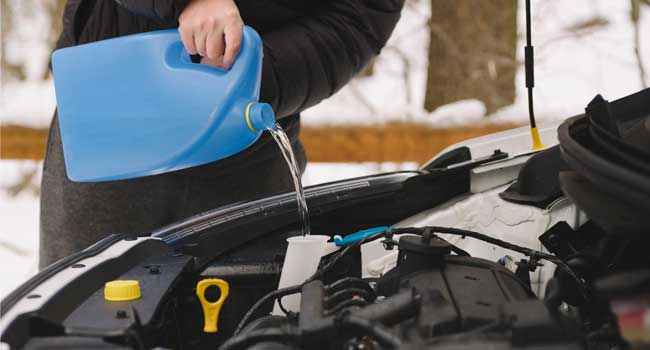November 22, 2022
Abby Nuttall
Driver Articles
Whether you’re a first-timer or a career company car driver we hope this article will help you understand what your responsibilities are for your car. This is general guidance as each company may have slightly different expectations for their drivers based on the job role, the driving requirements and even the vehicles themselves.
What You Need to Do for Your Company Car
There are four key actions that are essential for looking after your company car and these are:
- Cleaning the car
- Doing some basic car maintenance
- Regular vehicle inspections
- Prompt reporting of any problems
In the next sections we’ll give you a more detailed breakdown for each of these points but some general advice that we always tell our fleet drivers is to treat the car with as much care as if it was your own.
Keep the Car Clean
Keeping your company car clean helps present the best image if you’re driving to client meetings, gives you a nicer driving environment, helps reduce paintwork damage, and many more benefits.

You can use a car wash, a valet service or clean the car yourself but we recommend cleaning it every two to six weeks, depending on mileage, and after any particularly dirty journeys.
Cleaning the exterior regularly will not only reduce the risk of paint damage from tree sap and bird lime but will make it easier for you to spot any defects or damage that might otherwise be hidden by dirt.
It’s not just the exterior you want to keep clean but the interior too. A messy interior can not only be visually distracting but if you have to brake suddenly then loose objects can move around the vehicle injuring you or your passengers. Additionally, food debris will smell and can attract small mammals and insects, especially in the winter when they may be looking for food or shelter, such as under a warm car engine.
We recommend giving your car a weekly tidy, especially if you have children or are prone to throwing things on the backseat and forgetting them. This doesn’t need to be a full clean with the hoover and glass spray but rather taking those forgotten jumpers out of the car, making sure any rubbish is thrown away and securing any car essentials in a safe location. Then you can give the car a more thorough clean at the same time of the exterior.
If you think you’ll want to clean your car yourself then make sure you check out our ten-step car cleaning guide.
Basic Car Maintenance
There are some actions that you should know to do, and be doing, whenever you’re driving a vehicle whether or not it is your personal car to keep it running in the best possible condition.
The first thing you’ll want to check is the tyres to make sure they are in a safe and legal road condition. There are three aspects of the tyre you want to check:
- The tread depth – make sure it is over the legal limit of 1.6 mm tread around the central three-quarters of tyre over the entire circumference.
- The pressure – check it is at the recommended levels for your vehicle. Be careful as some have different pressure recommendations for front and rear tyres.
- For any damage – look for any crack, cuts or bulges these could all mean the structure of the tyre is damaged and more likely to blow if not replaced.
We’ve got an in depth breakdown for checking your tyres if you’d like a more comprehensive breakdown of what you need to be looking for.
Another area you should be regularly checking is under the hood, at the fluid levels in particular.
There are three main liquids that you as the driver will want to be checking at least once a fortnight, though there are other fluids you should also check if you have the time. The three fluids we consider essential though are:
- The oil – If you have a combustion engine vehicle (petrol, diesel or hybrid) then your vehicle will need oil to run correctly, without it parts will wear and damage until the engine stops working completely. You’ll need to check this using the dipstick, which will have a minimum and maximum level marked on it but there is also a lid on the container which you can use to top the oil up if needed.
- The coolant – the coolant is essential for keeping the engine cool enough to drive the car and we think it’s important to check this regularly and top up as needed. There will be a minimum and maximum level marking on the side of the coolant container for you to see where the level should sit. If your vehicle is going through a lot of coolant than this will indicate a larger issue and you should report this to your fleet manager.
- The screen wash – this one might not seem as important but it is crucial for visibility as a dirty windscreen can block your view of potential hazards. This should be filled up to the indicated line if there is one or to a safe distance from the top of the container if not (usually an inch or so).

Please note when checking your fluid levels you should always do so when parked on a flat surface and once the engine has fully cooled, so at least eight hours after it was last driven.
Regularly Check the Vehicle Condition
Another check you should regularly be making is to do a visual inspection and make sure the vehicle is not damaged in any way.
This will be easiest to do just after the car has been cleaned as dirt may hide scuffs or paint blemishes from view. We also recommend completing the check on a dry day in good lighting as these will be the best conditions to detect any defects.
You’ll essentially want to do a slow walk around the vehicle to check for any new blemishes or damage. Five areas that you’ll particularly want to focus on are:
The glass work – check the windows around the entire vehicle not just the front and rear windscreen for any chips or cracks. These will need repairing if any are spotted and you should report these to your fleet manager.
The mirrors – make sure that they are all in good condition and operating correctly, for example if you have electronic wing mirrors these are not faulty.
The tyres – check all of the points we mentioned above.
The roof – a lot of drivers won’t usually look at the roof of their vehicle in daily use so you should make sure to take a detailed look at it when checking for damage.
The number plates – it can be easy for number plates to become damaged or dirty and this may make them unreadable, which is a crime, or cause them to fall from the vehicle becoming a hazard to you and other drivers.
You should be looking at the entire vehicle and not just these parts, but these are five areas that it can be easy to overlook issues with.
Reporting Issues
A company car will be managed by your business’ fleet management team and if you spot any damage or have any maintenance or repairs needed on your vehicle then you should report it to them as soon as you detect there is an issue. Making sure these issues are reported quickly will ensure that the repair work is completed promptly, avoids further damage being caused by the existing fault / damage and makes sure it is accurately logged with the fleet management team.
If you’d like to learn more about looking after your car, then why not take a look at our driver maintenance guides? You’ll find plenty of helpful tips and tricks to keep your car in the best condition possible as well as much more.
Enjoyed this article? Read more of our latest blogs below:
- How Many UK Drivers are Fined for Using a Mobile Device
- Wessex Fleet and Road Safety Week 2022
- Three Areas to Save Your Fleet Money
- Common Fleet Management Challenges and How to Resolve Them
Want to know more about fleet vehicles?
For all our latest news and blogs click HERE.
Or are you looking to understand the company car, fleet management or any other aspect of fleet vehicles? If so, then check out our Guide Pages.
